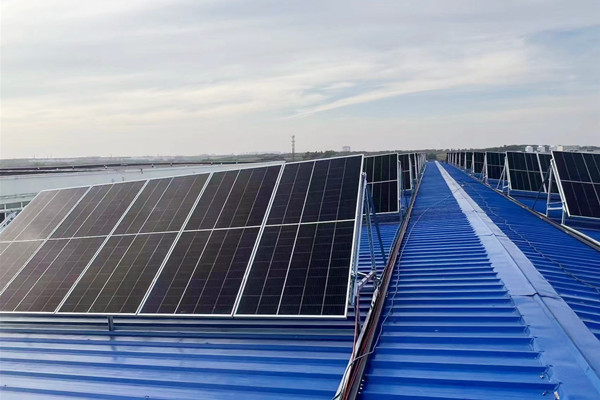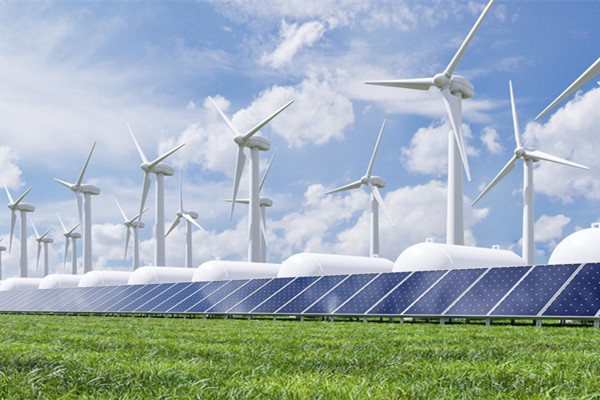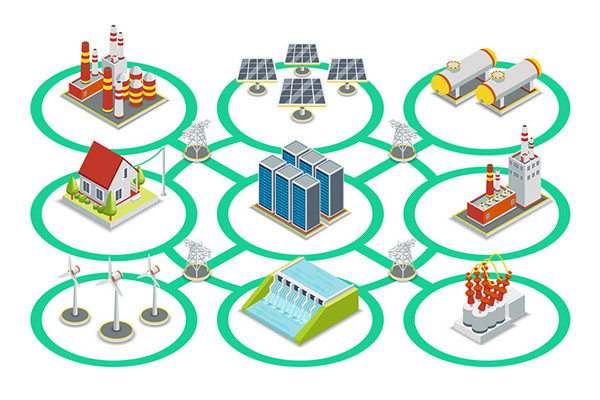Source Network Load Storage
The operation mode of the overall solution of "source-grid-load-storage integration" can achieve the optimal utilization of energy.
Through interactive forms such as source-source complementarity, source-grid coordination, grid-load interaction, grid-storage interaction, and source-load interaction,
It can improve the dynamic balance capacity of power systems in an economic, efficient, and safe manner, which is an important path to building a new power system.
The operation mode of "source-grid-load-storage integration" can maximize and give full play to the regulation response capabilities of the power generation side and the load side, and fully release them.
Promote accurate matching between supply and demand, realize the sharing of power system regulation resources, and improve the safe operation level of the power grid.
Increase the proportion of renewable energy power consumption, and increase the large-scale application of energy storage systems.
and promote the coordinated and sustainable development of the energy field and the ecological environment.


Multi-energy complementarity
Multi-energy complementary systems are divided into two modes: power source side and load terminal side. The power source side complementary system reduces the intermittency and uncertainty of the system's overall output by utilizing different types of energy, such as wind-solar complementarity and wind-solar-hydro complementarity. The load terminal side complementary system employs technologies like combined heat and power (CHP) to meet the energy demands of terminal users for electricity, heat, cooling, and gas, achieving the graded utilization of energy. Based on advanced technologies such as the Energy Internet of Things, Integrated Energy Management System (IEMS), and big data, the multi-energy complementary system has five main functions: multi-energy flow SCADA, multi-energy flow state estimation, multi-energy flow security assessment and control, multi-energy flow optimal scheduling, and multi-energy flow node energy prices. It supports the high-quality construction of the new power system, promotes the clean energy transformation of the energy system, ensures the reliability and economy of energy supply, and achieves economic decarbonization and safe decarbonization across the entire society and industrial chain.
Microgrids
A microgrid is a small power generation and distribution system composed of distributed power sources, energy storage devices, energy conversion devices, related loads, and monitoring, protection devices. The system adopts advanced control technology, communication and computer technology, measurement technology, and other high-tech technologies, which can be connected to the external power grid or operate in isolation. It can promote the large-scale integration of distributed power sources and renewable energy, and achieve a high reliability supply of various energy forms to loads. It is an effective way to achieve an active distribution network and a transition from traditional power grids to smart grids. Smart microgrids can achieve bidirectional flow of information and electrical energy between all nodes in the entire transmission and distribution process from distributed microgrids, power generation equipment groups, to end users, thereby realizing the digitization, intelligence, and speed of the control process.

